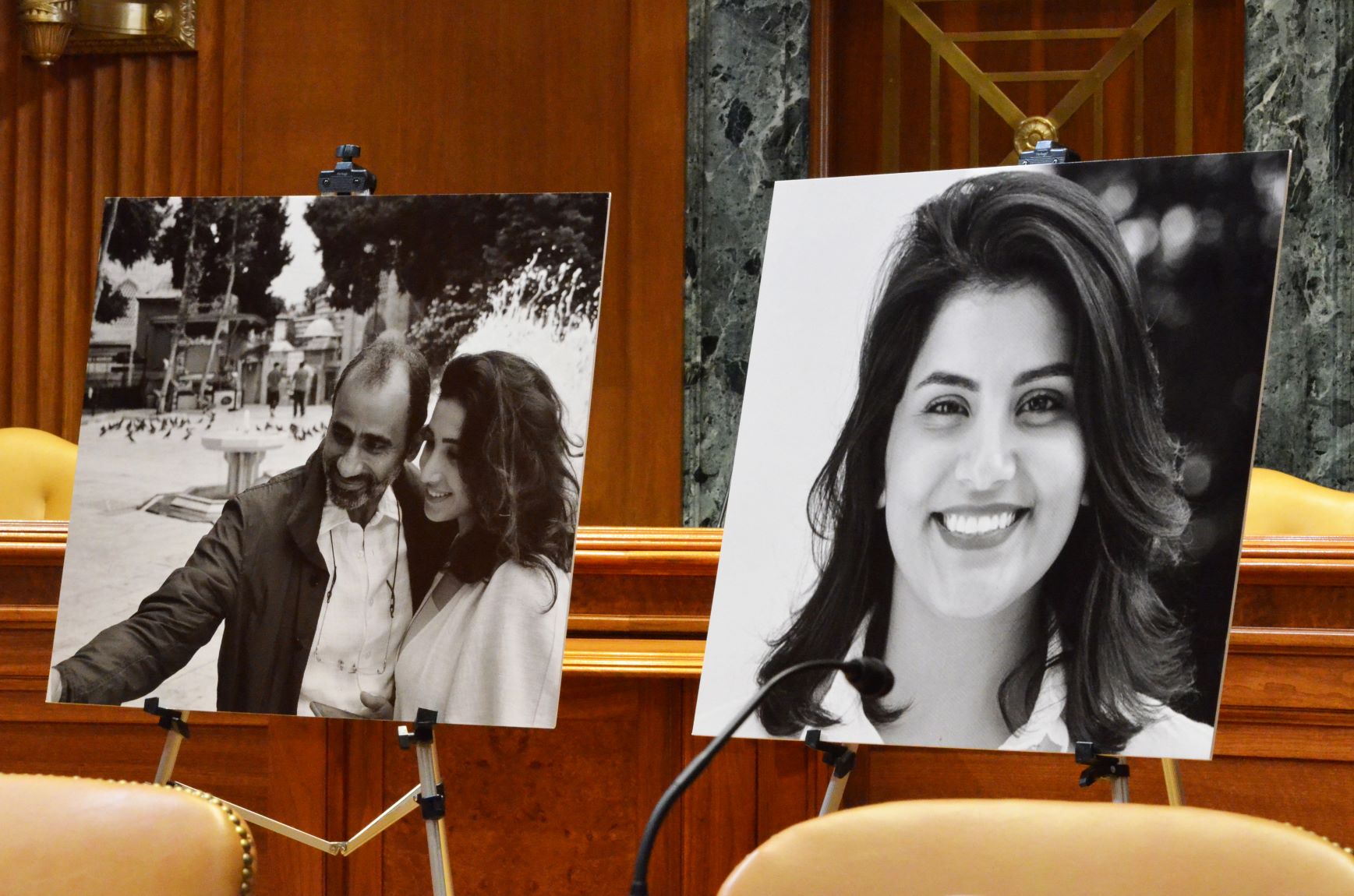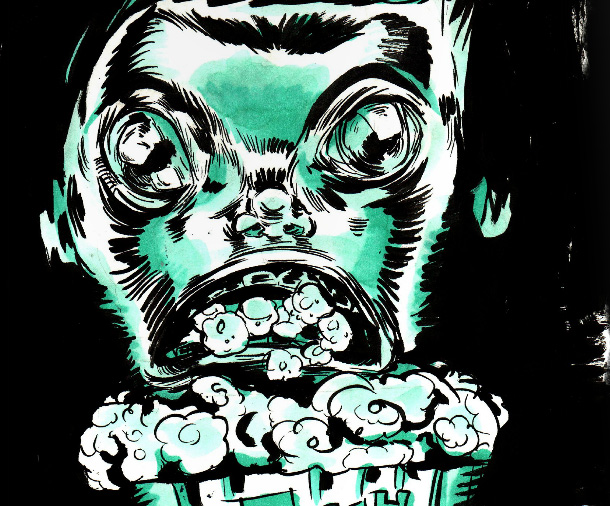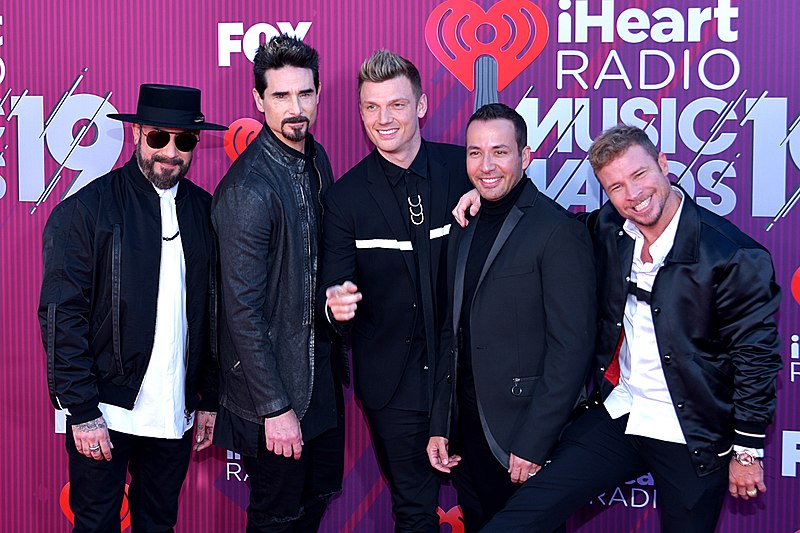Representation in film is important but simply including a Black actor is not enough. The lighting in film is not geared toward, or more often not flattering to, people of color.
When we tell stories about Black characters the go-to style is often a bleak realism, meaning there is no effort to heighten the beauty of these actors who are often portrayed through the lens of dark colors and harsh lighting.
Films such as Moonlight, Us, Get Out and If Beale Street Could Talk oppose this standard. These films utilize lighting to transcend, reframe and illuminate Black characters.
“There’s been a conversation happening over the past couple of years surrounding the skill it takes to properly light black skin on film,” Nadia Latif said via The Guardian. “It doesn’t seem like something people should still be struggling with—it’s not like Black people were only put in front of cameras over the past five years or something.”
The technology of cinema has always revolved around the idea that its rightful subjects are white. Only in this new age of technology are we beginning to see lighting move beyond previous standards. An important thing to note is that the prime example of films that have specifically highlighted Black people are also written, directed and produced by Black people.
In Moonlight, clichés and tropes exist only so they can be upended. This is done substantively, with the emotional terrain of the characters, and it’s done visually with angles and light. The most mesmerizing scene immerses you in the blue-green water of the Atlantic Ocean as Juan teaches Little to swim, complicating notions of masculinity and fatherhood while overturning a racist stereotype. In another shot, Little’s mom, Paula, played by Naomie Harris, is bathed in pink light as she fumes at her son.
“In that moment, when she’s very angry at her son, the pink light tips the audience to a different aspect of her, a different side to her,” explained James Laxton in an interview with Vogue, who worked on the lighting for both Moonlight and If Beale Street Could Talk.
In an interview with Nylon, Laxton said he never consciously thought about lighting Black actors. “It was sort of part and parcel to me learning to make films,” Laxton said. “It came, in the same way, other lessons about, you know, film stocks or lighting generally. It never felt as if I had to relearn something or I had to re-apply a technique when I was lighting white people, for example, Black skin has never felt unfamiliar to me.”
Unfortunately, this is not true for all cinematographers.
Films such as Suicide Squad failed to pay justice to the range of skin tones within their cast. In most scenes, the cinematography is extremely dark and brooding which is not peculiar for the DC Marvel Universe. The prominent characters in the movie are Harley Quinn, the Joker, and Deadshot. The first two “villians” wear a costume throughout the movie that requires them to wear white paint/make up across their face. In the majority of the film, the lighting is dimmed and leaves everyone to rise in the midst due to their lighter appearance except Deadstone, who is played by Will Smith.
There is no longer an excuse for not knowing how to cater to different skin tones. Our understanding and affiliation with lighting in video and film production has become more advanced over time. Technology has ensured pursuits in lighting production have developed and adapted fittingly to the pace and demand of the video and film industry. Lighting equipment has become more compact, diverse and designed to tailor for specific genres and types of video and film.
Lighting should be used to sculpt an actor. It does not take a specialist to correctly light a large community of actors who have been on camera for decades. It is unjustifiable to disregard the talent of an actor’s performance in a film by not properly portraying POC and thus not amplifying their beauty. This issue is not new, and as inclusivity in film is increasing, it will only become more problematic.





